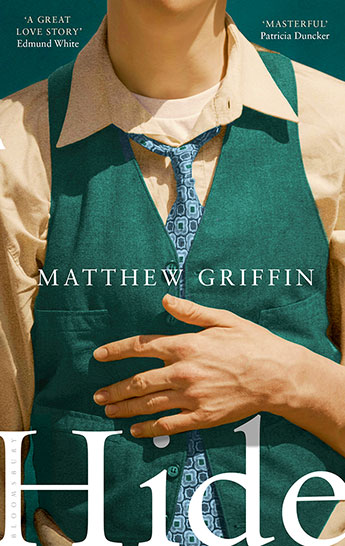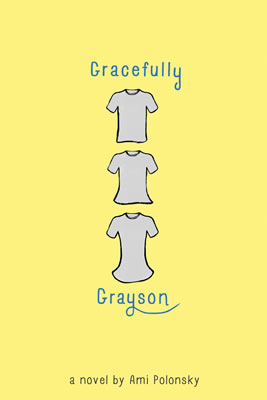Affection is something that grows on the quiet, it takes root without you knowing, then overruns the place worse than Japanese knotweed. By then, it’s too late: you can’t dose your heart with Roundup to weed out feelings.
– Marie-Sabine Roger, Soft In The Head
Soft In The Head by Marie-Sabine Roger, is one of the most brilliant books you will read this year, or likely read in your entire life. So few books have the same ability to warm your heart as this one does, and I can’t help but want to share this book with everyone I know.
Soft In The Head follows the story of Germain, a man on the wrong side of forty, who finds himself out of place in his own social world. Dubbed a ‘worthless halfwit’ by his mother, abandoned by his father before he was even born, and the constant butt of his own drunkard friends’ jokes, Germain is a man who is not afraid to tell it like it is, even if he is not quite sure what it is. Yet one day, in amongst his quest to have his name etched on the town war memorial, feeding the pigeons and whittling pieces of wood into beautiful figures, Germain finds the best thing to happen to him – Margueritte, an eighty five year old woman sitting on a park bench. The book goes on to tell the story of their relationship, each teaching the other what they have to offer, and learning how the smallest encounters can change their way of looking at the world, and bring happiness where there was none.
This is a book that climbs into your heart and sets up camp there for long after you have turned the final page. The whole time I was reading it, I was mesmerised by the gentle and understated loveliness of it. The prose is true and honest and deeply specific to its narrator, whilst feeling comfortable and familiar at the same time – a striking balance that I have to commend Marie-Sabine Roger for.
The protagonist and narrator, Germain, is easily one of my favourite first person narrators in fiction. With a voice somewhere between that of the narrators of The Rosie Project and The Curious Incident of the Dog in the Night-Time, Germain is unabashedly honest in his way of looking at things, unafraid to be himself in a world that does not always accept people with mental disabilities. And then there is Margueritte, the loveliest eighty five year old you could possibly imagine. Germain’s determination to adopt her as his grandmother (a funny turn on the adoptive family idea), is one of the most wonderful things I have ever read. I could not help but laugh as Germain set about his idea to adopt Margueritte, “just in case”.
But what strikes me about this book the most is the way it shines a glowing spotlight on the myriad of relationships it describes. No relationship in this book is perfect – in fact, they are all incredibly messy and troubled. But they are all filled with something unique and special, and no two are the same. Marie-Sabine Roger has created a group of people who reflect human relationships in a tender and heartfelt way, without sugar coating the troubles that come with being human. Soft In The Head is about affection, and the way you don’t even notice your deep affectionate attachments with people until it is too late, and you are stuck with the people you though you didn’t like, but realise you can’t live without.
A special thanks goes to the translator, Frank Wynne, who has skilfully translated this beautiful piece of French literature to English. As always, I am astounded and extremely grateful for the work of translators of fiction, and knowing how happy this book made me, I cannot thank Wynne enough for bringing this story to English language readers.
If you are looking for something unique, brilliant, and full of affection and light, I cannot recommend this book enough. Marie-Sabine Roger has delivered perhaps one of the greatest stories in modern literature with such gentle care and I know that it will stay with me for a very long time.
Soft In The Head is now available from Pushkin Press’ online shop or in all good bookstores. As always, INWORDSANDINK encourages its readers to buy from and support their local independent bookstores.
Thank you once again to Pushkin Press for sending me a copy of Marie-Sabine Roger’s Soft In The Head. Whilst I was sent the book for reviewing purposes, I was not in any way paid or financially obligated to write this review.
© Hayley New 2016










